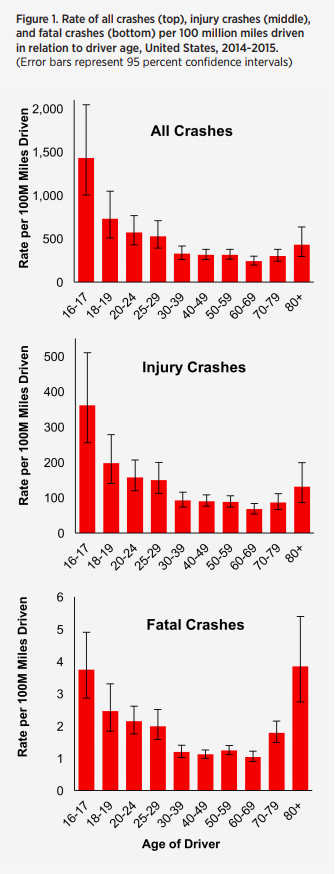brucet999
Active Member
You seem to have completely missed the point of the Shell "liability" injustice. Shell did not fill the drums, nor did they sell product to the party that did fill them. Just how were they supposed to have put stickers on drums that they knew nothing about, telling welders not to be stupid?Common sense and “public policy” are often at odds. “Public policy” doesn’t really have a strict definition here, but in general terms is the cultural norms that help guide our legal system. Public policy would rather have the wrong party indemnify a damaged party (I.e. shell in this scenario) than nobody indemnify a damaged party. I work in the insurance/legal space and I see these types of lawsuits every day. Shell has deep pockets and didn’t put a sticker on the drums not to weld them. Stupid, but nobody really feels sorry for shell, they are amongst the most harmful companies in human history.
As they say, it is what it is.
Why should stupid welder have been indemnified by anyone (other, perhaps, than his own insurer) for his reckless acts? Just because a jury doesn't like Shell makes it ok to make it pay it for events that it had no way to influence?



